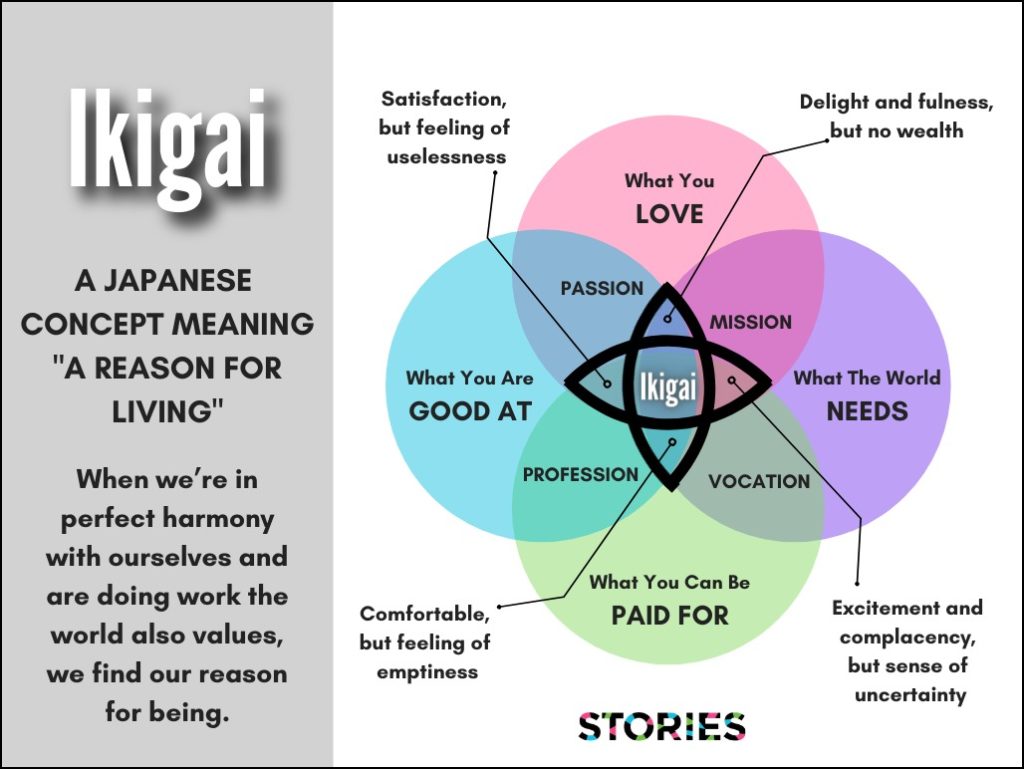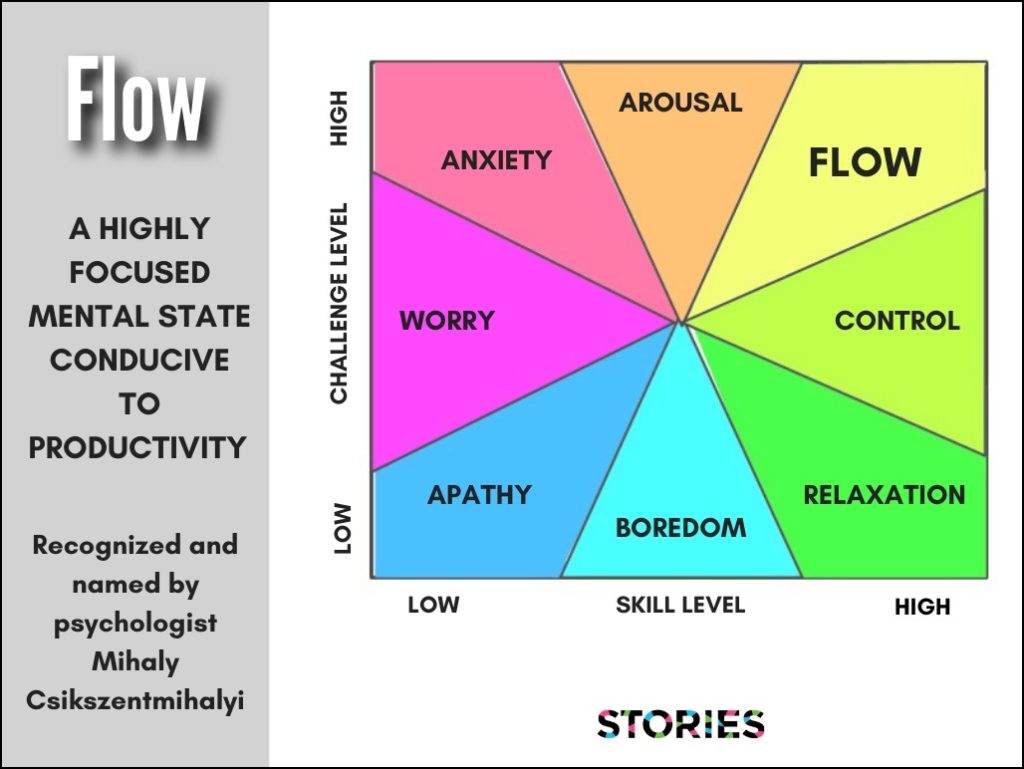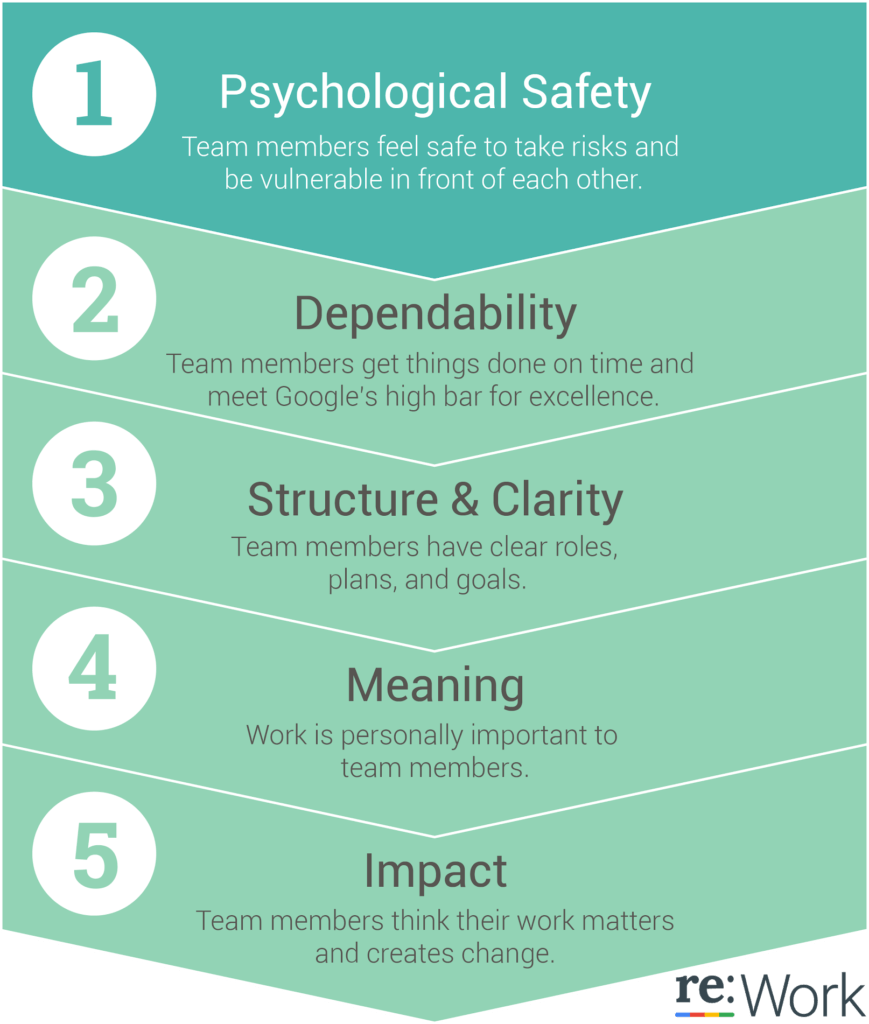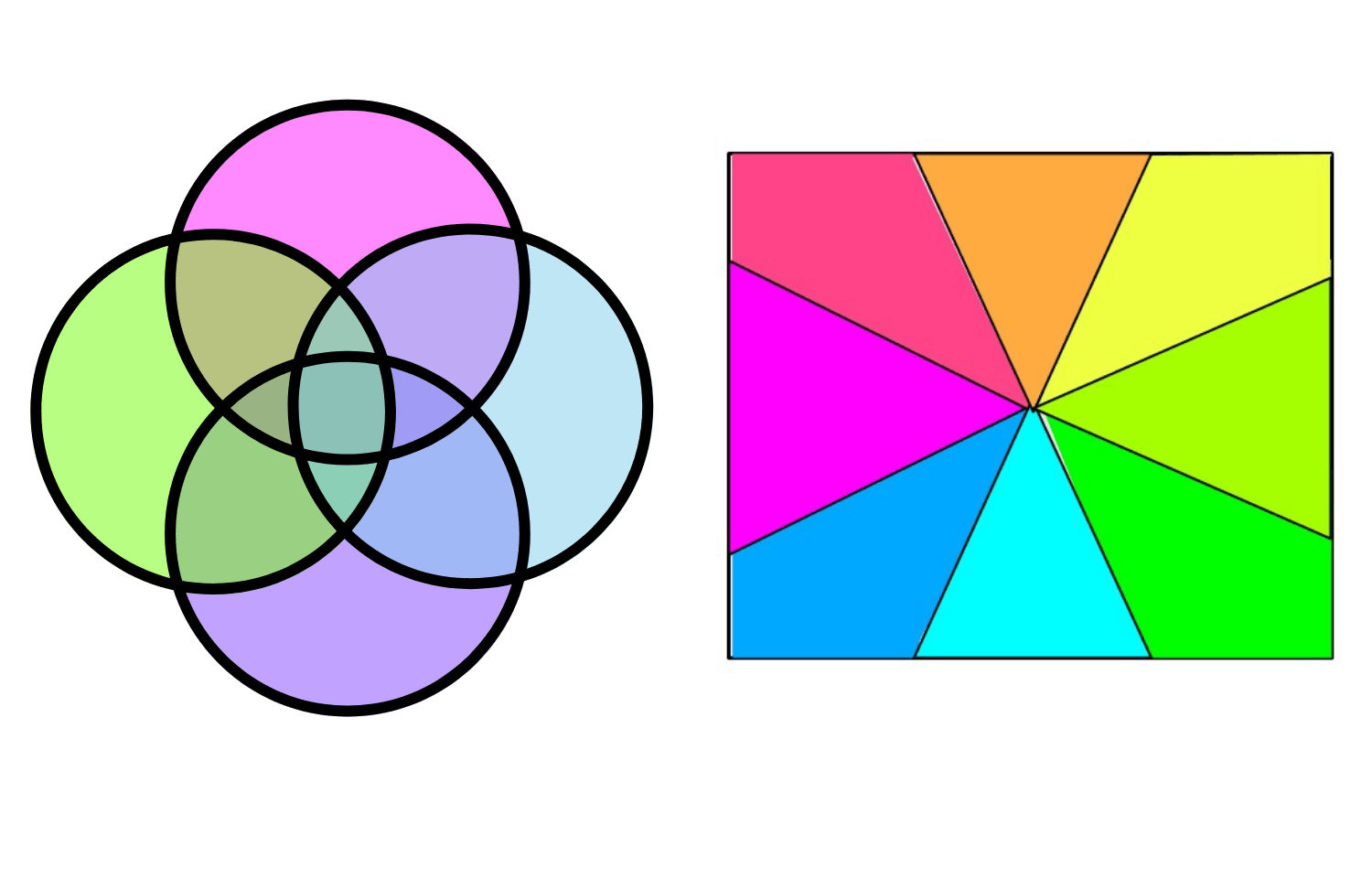Employee engagement and talent attraction explained in 5 infographics
One goal that leaders, cultural stewards, talent acquisition professionals and recruitment marketers all have in common: we all want to create workplaces where people can do their best, most incredible work.
The key is to provide alignment for your current and future team members. First, a person’s skills must adequately match the problems you’re trying to solve. Then, your organizational and team culture needs to genuinely support the person’s efforts.
You know firsthand that this is harder than it sounds.
Here are a few models that we at Stories Inc. like for thinking differently about employee engagement and talent attraction. In these five infographics, you’ll learn why some employees are super engaged, how to create a culture that inspires creative and important work, and how to attract the right talent in the right companies and jobs.
Right skills, right problem
Ikigai
Ikigai is a Japanese concept meaning “a reason for being.” There are so many internal factors that motivate or demotivate people. But when we’re in perfect harmony with ourselves and are doing work the world also values, we find our reason for being.

To attract the whole-person, lead with purpose when recruiting candidates. Show your organization’s purpose, and tie the job to the mission. Also, share stories of how employees are finding personal and professional purpose in their work at your company.
Flow
Flow state is a positive psychology concept, commonly described as being “in the zone.” It’s the trance-like state in the space between approaching a problem and solving it. This is the place where inspired and creative work is born. But, this chart shows it’s actually not that easy to “get flowing.”

Mihaly Csikszentmihalyi, a cofounder in positive psychology, was one of the first researchers to define and study flow. He describes eight characteristics of flow:
- Complete concentration on the task;
- Clarity of goals and reward in mind and immediate feedback;
- Transformation of time (speeding up/slowing down);
- The experience is intrinsically rewarding;
- Effortlessness and ease;
- There is a balance between challenge and skills;
- Actions and awareness are merged, losing self-conscious rumination;
- There is a feeling of control over the task.
What can you do to encourage flow at work? First, no distractions and interruptions. Let everyone flow. Then, match, assign, or offer problems that your team members will perceive to be just challenging enough to solve. Before you know it, the Rubik’s cube is solved, the masterpiece is painted, this blog post is written. You’ve turned the sometimes-grind of work into an “intrinsically rewarding” experience.
Right team and culture
The support one gets from the team of people they work with and the way an organization values work contributions helps unleash the state of flow and feeling of ikigai. Workplace and team culture impact quality of work.
So, how do you create an environment that’s optimal for doing excellent work at the team and organizational level? Google has the answer, literally.
Team Culture
A few years ago, Google analyzed what made their most successful teams thrive. They discovered that it doesn’t matter who is on the team; factors like team size, tenure and experience, or whether the teams worked in the same location were not factors in successful teams.
How the group worked together is the only thing that matters in high performing teams. Specifically, high performing teams had these things in common:

Psychological Safety
Google found that psychological safety was the most important element in whether teams were effective or not. And, creating cultures where employees feel psychologically safe is essential to belonging and inclusion at work.
Psychological safety at work happens when people can be themselves and share their ideas without fear of consequence. And, psychological safety can be created within a team. We like this graphic from The Belonging Project that shows the soft skills required to create a psychologically safe environment.

But, team actions also need to cultivate psychological safety.
There are lots of ideas on how to foster psychological safety at work, but Amy Edmonson, a lead researcher in this concept, suggests starting with leadership. As a leader, admit you make mistakes and talk about them. Ask for feedback.
And, be vulnerable. We liked this research about how telling an embarrassing story before a meeting actually leads to more creative team output, because of its ability to create a psychologically safe place quickly. Team members are comfortable sharing their craziest ideas when they see someone vulnerably go first.
We’re all about the employee story. We’ll stop short of suggesting you broadcast all your embarrassing stories to the masses in your recruitment marketing content. But, sharing a personal story is an act of vulnerability. Creating standalone stories like these from your team is one way to signal to candidates that your team is a safe space, and one where they can be their real selves.
Matching values for candidate and employee engagement
Ultimately you want to help candidates find the place that will allow them to do their best work. And that’s not going to be just anywhere, for every person. Oftentimes, candidates need to sift through generic phrases about your culture to find the right fit for them.
Employee stories are the best way to communicate the intangible things about your culture, because it puts substance behind the claims you’re making. Ultimately, you’re giving candidates insight and information they can use to make better career and workplace decisions.
And, employee storytelling is a virtuous cycle that leads to both candidate and employee engagement.

The best organizations continuously communicate their culture as it changes, so as culture evolves, the stories do too.
We all want to create workplaces where people thrive. When you pair the right talents with the right problem, and build supportive cultures and teams, you attract talent that creates engaged organizations.

